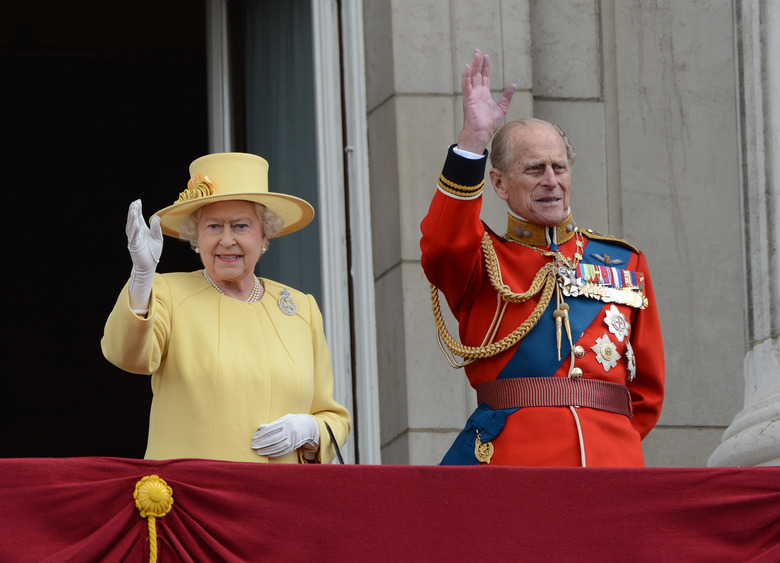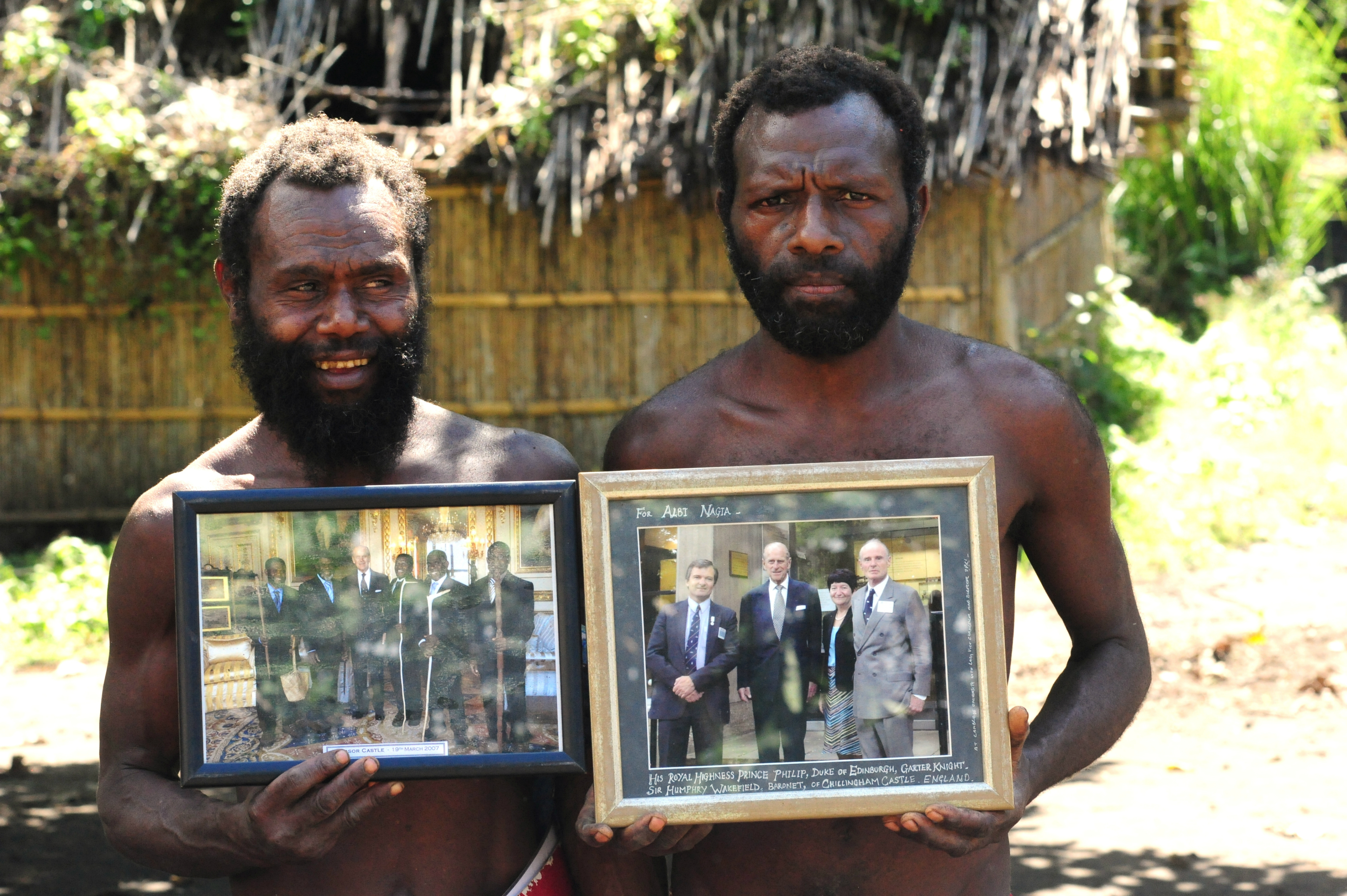This Pacific Island Village Has A Religious Sect That Worships Prince Philip
Ancient legend among the Kastom people of Vanuatu told of a volcano spirit having a son who would leave their island to cross the seas and marry a foreign queen. This man, seen as their messiah, would in time return to their village of Yaohnanen to live among them. At some point in the 1950s or 1960s, belief formed that this lost son of Yaohnanen was none other than Prince Philip, Duke of Edinburgh and husband to Queen Elizabeth II of the United Kingdom.
Located on the island of Tanna within the archipelago nation of Vanuatu, the village of Yaohnanen is hard to reach, as it is so small that it is unmapped. In order to meet those who hold the Duke of Edinburgh in such high esteem, one would have to hire a local guide and navigate three hours of dirt roads from the extremely tiny Tanna capital of Lenakel.
In 1974, Queen Elizabeth II and Prince Philip made an official royal visit to Vanuatu, and a few of the Kastom finally caught a glimpse of him. The respect paid to Queen Elizabeth II and her consort led the Kastom people to believe that Prince Philip was the lost son from ancient tradition.
One of the witnesses was Chief Jack Naiva, a Kastom warrior who helped paddle a war canoe to greet the royals, who said, "I saw him standing on the deck in his white uniform. I knew then that he was the true messiah."
Philip actually had no idea of the cult of personality — known as the Prince Philip Movement — that had grown around him until several years later, when he was told of it by the British resident commissioner in the New Hebrides (the then-name of Vanuatu), who made the suggestion of sending a signed official photograph. After Prince Philip complied, the Kastom people mailed him a gift of a nal-nal, their traditional club used to kill pigs. Philip replied by sending another portrait, posing with the club, and yet another one was sent in 2000. The photographs have since been draped with the Union Jack and used in worship and were kept in the possession of Chief Jack Naiva until his death in 2009.
The anthropological explanation for cargo cults, as they're called, such as that around Prince Philip, is that it is a coping mechanism for dealing with the Western imperialistic interference with a hitherto unfettered traditional lifestyle. Originally populated by Melanesians, the Vanuatu archipelago was claimed by Portuguese navigator Pedro Fernandes de Quierós in 1606, who named it La Austrialia del Espíritu Santo until France and the United Kingdom began claiming parts of it in the late nineteenth century. In 1906, the islands were renamed the New Hebrides under a joint Anglo-French occupation that lasted until the 1970s, when an independence movement gave rise to the Republic of Vanuatu.
In 2007, a reality show called "Meet the Natives" filmed an episode in which five Tanna villagers went to Great Britain. At the end of their trip, they were treated to an off-screen meeting with their deity at Buckingham Palace.
In 2015, a cyclone was deemed a sign of the prince's imminent return within the next year. While this return did not occur, another cyclone shortly after the recent announcement of Prince Philip's retirement from public duties renewed convictions, even if hope is dying that the duke will ever return to them. The cyclone could be seen as a sign of his reaching higher sacredness, according to journalist Matthew Baylis, who has lived among the Kastom.
"If he comes one day the people will not be poor, there will be no sickness, no debt and the garden will be growing very well," said Jack Malia, a village chief.
The irony of a religious sect dedicated to Prince Philip runs deep, as the duke has a less-than-stellar reputation in the United Kingdom and beyond on account of his many political gaffes, many of which have been derogatory comments about foreign or indigenous peoples. The Duke of Edinburgh finally officially retired on Aug. 2nd at the age of 96 and is currently the longest-lived male member of the British royal family.

